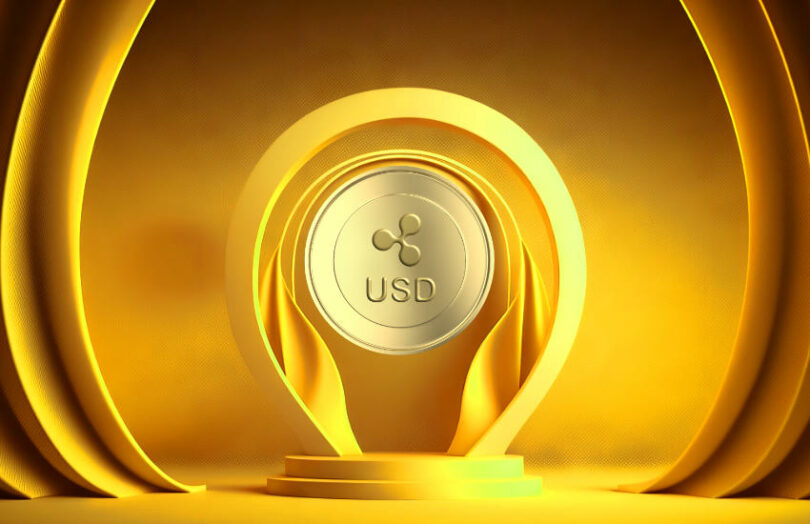Yesterday, Ripple announced it plans to launch a US dollar stablecoin on the XRP Ledger and Ethereum blockchain. It will be a high quality stablecoin backed by short term Treasuries, cash and equivalents. This makes tremendous sense for Ripple as a company. For investors in XRP, it could be neutral to negative, with the reasonably stable XRP reinforcing that perspective.
Why it makes sense for Ripple
Ripple has cash and, apart from XRP, has yet to produce a money machine. Hence, its expansion beyond using XRP as a bridging currency for cross-border payments has continued apace. In the last couple of years, it has launched a CBDC consultancy, acquired Metaco, the bank digital asset custody technology firm, and more recently, acquired Standard Custody & Trust.
The acquisition of Standard Custody & Trust with its New York Trust charter likely met a couple of objectives. If real world assets (RWAs) are to take off, they require custody. In some cases, trust companies will need to lock and hold the digital twin. Stablecoins are really the first type of real world asset to take off at scale. Standard Trust can act as a trustee for the stablecoin reserves.
Using Paxos Trust as an example, its own activities, such as issuing the Paxos dollar, enabled its clients such as Binance and PayPal to have confidence in Paxos to issue stablecoins on their behalf. In the near future, there is likely to be a proliferation of stablecoins, so there could be quite a few potential clients. However, these would be Ripple’s Standard Trust clients, not related to XRP.
Ripple’s specific stablecoin use cases
Ripple highlighted specific benefits for its own stablecoin. These include helping with global on and off-ramps for cross-border payments. In some jurisdictions, clients might prefer to hold onto dollars rather than convert to less stable local currencies. Additionally, Ripple mentioned that “stablecoins are the entry points for legacy financial systems to connect to the world of decentralized finance (DeFi).”
Ripple points to a Bernstein forecast that stablecoins will grow to a market capitalization of $3 trillion within four years. We agree that there are likely to be more stablecoins on offer initially. On the one hand, less market dominance is good for competition. However, payments are based on network effects. It’s inconvenient to have to switch between currencies constantly. And crypto exchanges don’t want to quote dollar prices against multiple stablecoins; they prefer only one or two. For this reason, there is likely to be a relatively small number of significant stablecoins in the medium term.
A stablecoin impact on XRP
This latter point about too many cross currency exchange rates is the concept underpinning XRP. Rather than having many cross currency rates between thinly traded currencies, each one just has a rate against XRP, the bridging currency.
However, historically, the US dollar has played this role. So perhaps with a stablecoin, some might choose the stablecoin for bridging.
Hence, on the face of it, it could reduce the role of XRP. However, if the stablecoin increases the utility of the XRP Ledger, that could be good for XRP.
A few months ago, Ripple CEO Brad Garlinghouse answered this exact question about a stablecoin versus XRP as a bridging currency.
“I see stablecoins as a complement or even an accelerant to what Ripple’s doing at its core,” Garlinghouse said when interviewed by the CEO of SCB 10X.
“Stablecoins address a single currency. So if you’re just using a domestic use case, stablecoins can be a great solution. If you’re cross-border, having a bridge currency versus a stablecoin has some advantages.”
He argued that significant effort has gone into building liquidity between XRP and the various fiat currencies through a single API.
He also noted that when using stablecoins, people might hold them for days and they don’t always keep their peg. In contrast, with XRP designed as a bridging currency, the parties only hold XRP for seconds.
While Ripple probably wouldn’t have survived had it not profited from XRP sales, its current strategy of building RWA infrastructure such as custody, a trust company, and now stablecoins makes a ton of sense.






